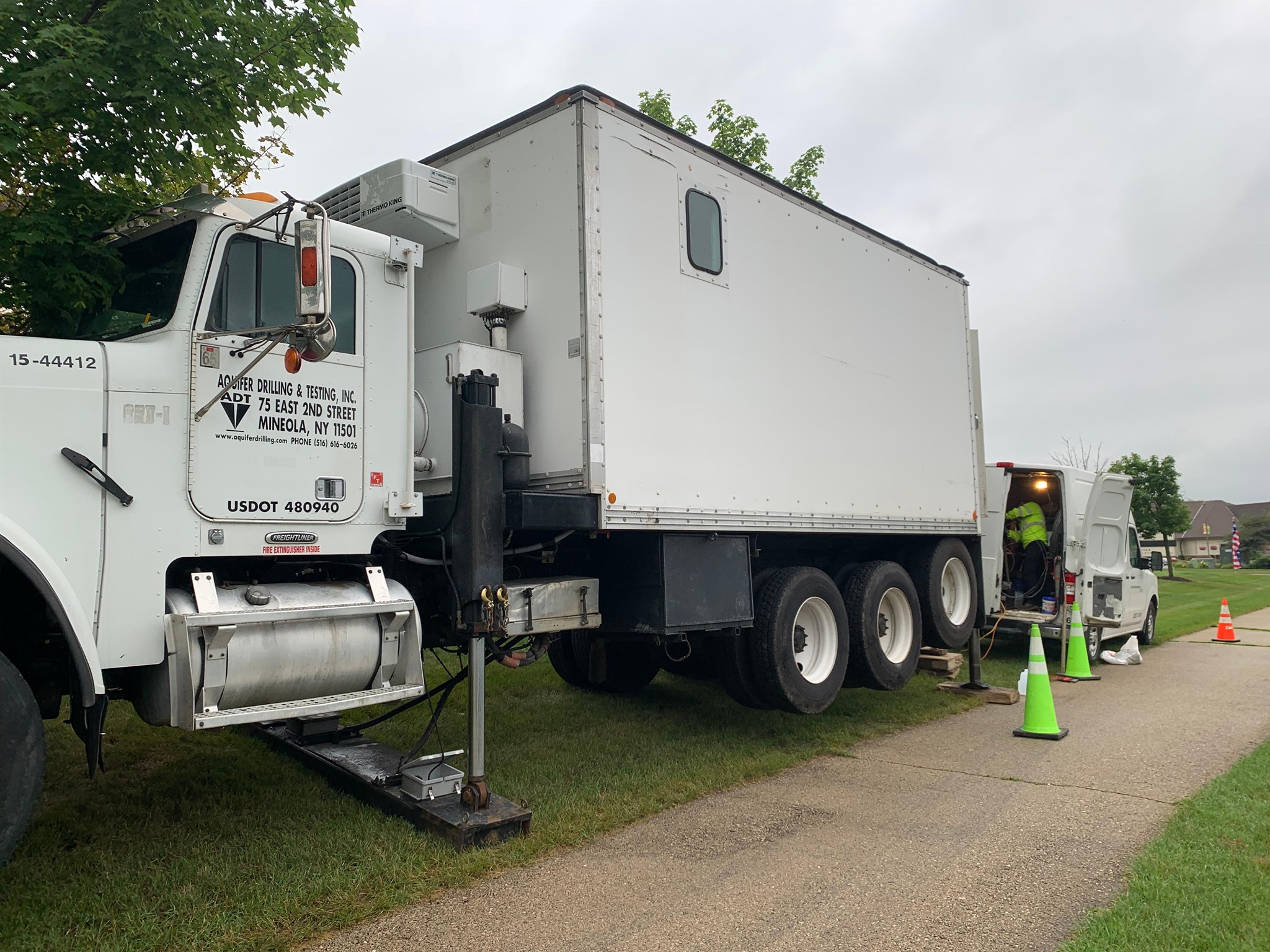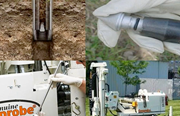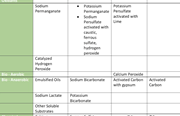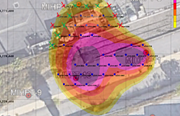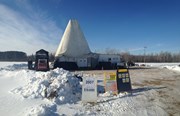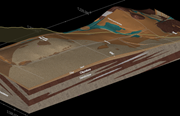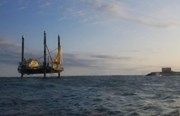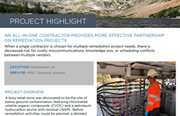3 Things to Know Before You Begin Your Groundwater Sampling Project
By: Trent CastnerAlthough many of the tools used are the same, groundwater sampling is an entirely different animal than soil sampling. It can easily go wrong if you and your drilling contractor don’t have a firm grasp on best practices. In this blog post, I’ll outline a few key things you need to know about the aquifer you’re sampling, type of formation, and the chemical(s) you expect to find.
If you’d like to learn more about groundwater sampling, check out the webinar Sampling 201: When, Why and How to Use Telescoping When Sampling Aquifers. It covers how telescoping helps prevent contamination in multi-zone aquifer sampling, when it should be used, which drilling methods to consider, and other considerations you’ll want to factor in when planning your project.
Type of Aquifer
The first thing you need to know when planning your sampling project is the type of aquifer you’re dealing with. You should be able to answer a few important questions:
- Will you encounter perched surface water (a very shallow water table located above the main water table in the vadose zone)?
- Are there any confining layers? Distinct water zones?
- Is there artesian pressure you’ll need to account for?
Your answers to these questions can dramatically impact your sampling approach, and not knowing the answers could result in poor sample collection and compromise the groundwater samples. Drill logs from previous drilling should contain aquifer information, and can help you identify the depth to water, confining layers and the presence of artesian pressure.
Type of Formation
It is important to understand the geology of your project. This is key in determining the drilling method that best suits the material to get to sampling depth.
- Is the material fine grained, gravel, cobbles, boulders or bedrock?
- How many formation changes are foreseen?
- What is the anticipated depth to groundwater?
You can gain answers to these questions by either collecting soil samples or researching logs from previously performed drilling. Once the lithology is determined, the correct drilling method can be implemented to obtain a representative water sample.
Type of Chemical
The type of chemical you expect to find in your samples is an important component in your project planning, too. You’ll want to be able to answer several questions about how it reacts in water due to its specific gravity:
- Does the chemical diffuse with water?
- Does it sink if it is heavier than water?
- Does it float if it’s lighter than water?
It's important to know ahead of time how the contaminant behaves. You can figure it out with a little detective work by researching the type of business that operated at the site or sites adjacent to the property (i.e., dry cleaner, fuel depot, etc.), and therefore what contaminants are likely to be in the subsurface. Understanding how contamination interacts with groundwater is crucial in determining how to target the zone in order to collect a representative sample.
Aquifer sampling involves variables and considerations that you don’t see with soil sampling. Learning the right questions to ask and the best practices to implement on these projects is critical…and it doesn’t hurt to work with drilling contractors experienced with aquifers.
If you’d like to learn more about aquifer sampling, join me and Keith Vidos for Sampling 201: When, Why and How to Use Telescoping When Sampling Aquifers.




